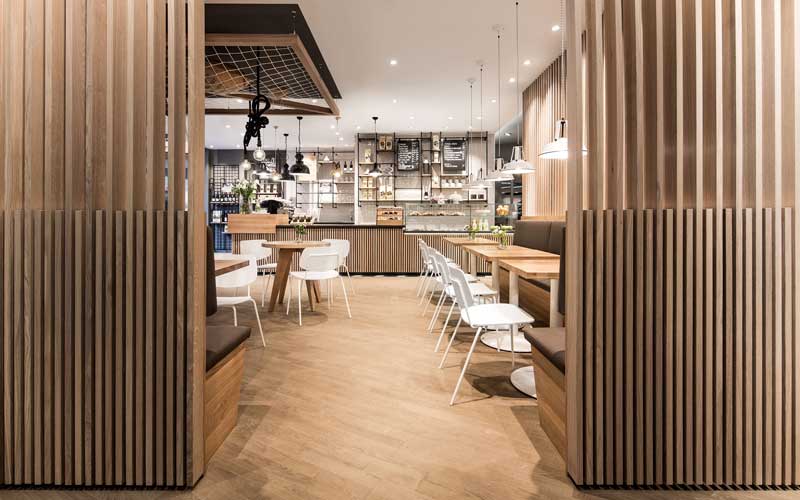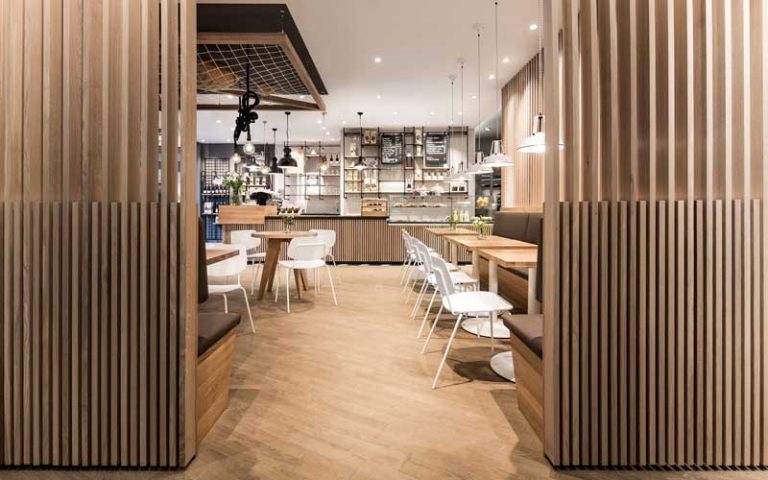Coffee is more present today than ever before and can be found all over the world in a wide variety of combinations and flavors.
If you want to experience real coffee house culture, you can look forward to an exciting trip to the history of the cafés.
Coffee is more present today than ever before and can be found all over the world in a wide variety of combinations and flavors. However, what many of us hardly perceive is the fact that the actual drink has also developed a true coffee house culture. This has spread across Europe since 1554 and embodies so much more than just the enjoyable and unforgettable taste of a coffee.
Budapest, Naples, Istanbul, Venice, Vienna and Oslo – the most beautiful coffee houses in Europe can be found in these and many other cities. You can find them in large places in the city center, in charming alleys of old towns and everywhere else. Cafés are the perfect meeting point for a cozy get -together. Here we can exchange ideas about the worries of everyday life, enjoy fresh coffee and let the first rays of the spring of spring work on us when the weather is good. Cafés used to be a social hotspot and attract people of all nationalities, cultures, skin colors and languages. However, the classic coffee house culture has changed significantly in some points. However, the old charm continues in the most beautiful coffee houses in Europe and invites you to an exciting journey through the history of the cafés.
Coffee house culture of the old school
Many of us understand the term coffee house, many of us, like Starbucks and Co. Especially young people hardly see the flair of the “old school” in today’s cafes. But what exactly is hidden behind the classic concept of coffee house culture and what does this mean for the history of the cafés? In 1554, the first coffee house was created in Constantinople, i.e. today’s Istanbul. A few years later, other cafes followed in Venice, London, Oxford, Bremen, Marseille, Vienna, Paris and many other cities. The coffee house owners invited the state’s well -lifted society to dine together, enjoy delicious coffee and to discuss current topics. In fact, the coffee houses of the time were a meeting point for philosophers, artists, scholars and writers. Top -class citizens of every city met here to open up new perspectives and to exchange ideas with each other. Music, art, literary works and political decisions found their origin in coffee houses such as the Café Rivoire, the Greco in Rome or the Procope in Paris. Thus, the classic coffee house culture had developed from a simple café to a place of revolution, development and modernity. Cities like Florence or Vienna in particular benefit from the new coffee houses and still look back on a story that would hardly have gone without those meeting points. Of course, there were also delicious coffee and tasty pastries to taste. With always new coffee creations and a first -class service, the coffee house owners tied their customers themselves and created a new gastronomic standard that cannot be experienced everywhere. This unique flair is an integral part of today’s coffee houses from the old days, which distinguishes it from modern and hip cafés.
Denker and artist of past years, such as Jean-Paul Sartre, Thomas Mann, Hugo von Hofmannsthal or Hemingway, socially important works in coffee houses. For many, it was the perfect places to discuss and control the political and society events. These places of inspiration continue to exist today and invite people to think and exchange ideas. A good example of this is the world-famous book series of the Magic apprentice Harry Potter. The author Joanne K. Rowling wrote the first volume in Elephant House, a charming coffee shop in Edinburgh. So if you are looking for classic coffee house culture, you will still find it these days. Appropriately, the photographer Adonis Malamos went on a trip across 20 countries in which he explored the most beautiful coffee houses in Europe.
The old school’s cafés: Experience coffee
The most beautiful coffee houses in Europe invite each of us to experience the coffee culture as it existed from the start. The flair of the old facilities, waiter with red west and noble suits, confectionery with history, confectionery of the old school and coffee houses from other times. If you want to join famous writers, politicians and artists, you are in good hands here and can experience real coffee house culture apart from the “coffee-to-go”.

